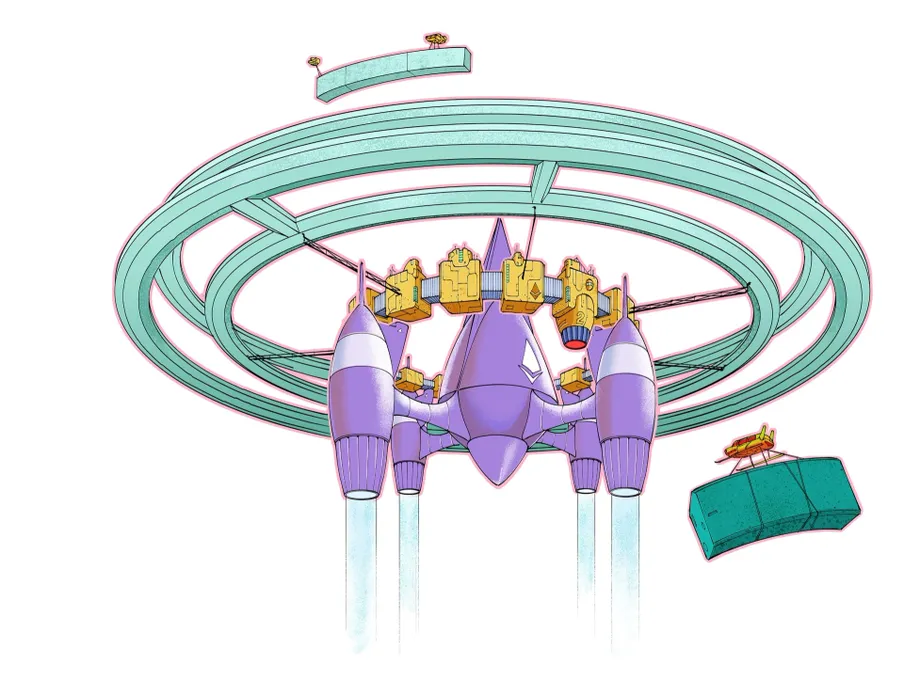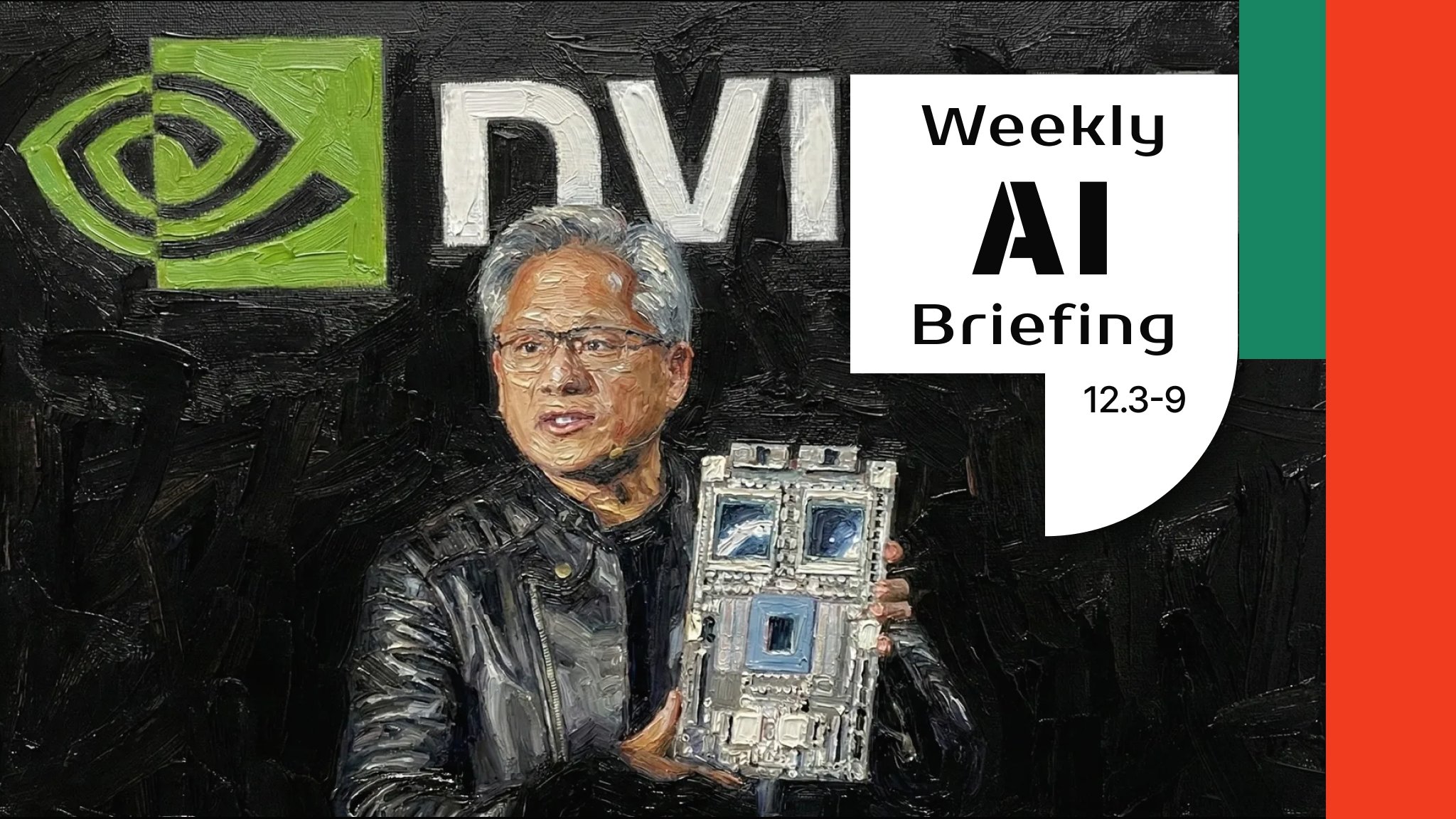The Ethereum Merge’s butterfly effect: five essential facts

While the Ethereum merge was a success, its impact is ongoing, with a drop in Ethereum supply likely to dramatically impact ETH, BTC, SOL, and MATIC.
The so-called ‘Merge,’ considered to be the biggest update in the history of cryptocurrency, has come and gone: the Ethereum network successfully transitioned from its miner-centered proof-of-work (PoW) mining method to the validator-centered proof-of-stake (PoS) method.
This merge, which refers to the act of combining the existing PoW-based mainnet with a pre-made PoS-based testnet, not only marks a significant development in Ethereum’s development, but also marks the cryptocurrency’s transition to operating on PoS in earnest.
Why has this Ethereum merge had such a significant impact on the cryptocurrency market? Put simply, Ethereum (ETH)’s supply mechanism has changed. Given that many DeFi (Decentralized Finance) services operate on Ethereum’s blockchain, on which ETH, the second largest cryptocurrency is issued, changes in the ETH issuance mechanism are expected to have a significant impact on other cryptocurrencies, especially as the ETH blockchain is also connected to various layer 2 blockchains.
ETH prices: though short-term outlooks are weak, long-term are strong
According to The Miilk on Sept. 15 (EST), several cryptocurrency trading experts believe that the price of ETH may decline in the short-term, but is likely to rise in the medium- to long-term.
This short-term decline can be attributed to a fall-off in the demand generated by high expectations following the Merge and Ethereum PoW (ETHW) coins. ETHW is a coin issued (or hard-forked) by companies that mined ETH based on proof-of-work (PoW) to maintain a source of revenue. Once ETHW has airdropped its tokens to ETH holders, investors are likely to sell ETH, contributing to a decline in ETH prices.
"Despite the Merge going smoothly, ETH just couldn't overcome the negative sell pressure that ensued," said Conor Ryder, CFA and Research Analyst of Kaiko, in an interview with The Miilk. What we're seeing at the minute is a “sell-the-news” event, compounded by macro headwinds.
“Ethereum’s market capital has risen due to the premium conferred on it by the Merge,” Kim Dong-hwan, director of Seoul-based blockchain consulting firm Blitz Labs, said."Given that the Merge has already successfully completed, as those who held Ether solely for ETHW receive their airdrops, the pressure to sell ETH will likely mount."

Ethereum’s mid- to long-term outlook, however, is optimistic, thanks in large part to the rapidly dwindling supply of Ethereum. In this new, merged Ethereum network, the existing proof-of-work (PoW)-based mainnet has been merged with a PoS-based testnet, which has eliminated the issue of existing mining. Consequently, the volume of ETH issued daily has dropped dramatically from 14,600 ETH to about 1600 ETH.
Inversely, instances of burning, which refers to sending coins to inactive wallets to increase the value of cryptocurrencies, are rising. According to Ultrasound data, Ethereum’s supply fell sharply right after the Merge, with the industry predicting an 89.4% decrease in annual ETH issuance year-on-year. In conjunction with this, the fact that ETH mining’s energy consumption has been reduced by more than 99% is also likely to positively impact prices.
Christian Ng, Partner at Genesis Block Ventures (GBV), told The Miilk, “In the longer-term, ETH’s transition to PoS should act as a catalyst for a bull market, especially as any uncertainty surrounding the execution of the merge has now passed.” He emphasized, however, “Do not expect any immediate bull runs in the near future, as investors were overly optimistic about the ETHW drop.”
"ETH is set to become a deflationary asset, due to reduced ETH issuance and staking," Paul Veradittakit wrote on his blog. Veradittakit is a partner at Pantera Capital, which manages crypto hedge funds.
"Equally, the fact that ETH’s environmental impact, which was one of its primary criticisms, has been resolved, bodes well for Ethereum."
Skepticism prevails about the price of ETHW hard-forked from Ethereum. According to Kaiko, most PoW tokens have dropped sharply in line with the broad market. ETHW is the worst performer, dropping over 70% since the start of September. On Sept 24th, ETHW volumes surged to all time highs, which suggests strong selling pressure.
“While Ethereum is based on a strong community, ETHW is a coin that was developed in response to existing miners’ protests about declining profits. Whether its price will continue to rise is hard to say,” Kim told The Miilk.
In fact, although ETHW was initially seen as a cryptocurrency that could threaten ETH at the inception of its issuance, its primary conflict is now with Ethereum Classic (ETC). ETC is a project that emerged in response to the Ethereum community's "rollback" in June 2016, following the hacking of 3.6 million ETH due to a vulnerability in the split function that caused a double payment problem. Arcane Research recently concluded that, while “interest in ETHW is gradually decreasing,” “ETC is receiving more attention as an alternative to PoW-based ETH.”

Will Ethereum replace Bitcoin as the market leader?
So, how has this Merge impacted Bitcoin (BTC)? The cryptocurrency community is currently engaged in a lively discussion as to whether Ethereum will be able to topple Bitcoin’s position as the lead cryptocurrency, after the transaction value of Ethereum not only met but exceeded that of Bitcoin several times in recent months due to the Merge.
Those in the Ethereum camp paid particular attention to the fact that Ethereum’s transition to PoS came with annual staking rewards of 4%. Staking is a practice similar to stocks paying dividends, which attracts hedge funds, asset management companies, and individual investors. In its own right, staking helps to control the supply, which in turn increases prices. “It gives more and more people the opportunity to become stakeholders in Ethereum,” Veradittakit said to Bloomberg. He added, “It has the potential to generate larger pools of capital than traditional finance.”
This has led to an inside joke within the cryptocurrency community that Ethereum will one day surpass Bitcoin’s market capital in a moment known as “The Flippening.”
The market’s proximity to The Flippening can be measured by a number of different indicators, including daily transaction volume, active addresses, the number of projects built on the network, and more.
Indeed, some claim that Ethereum has already surpassed Bitcoin. For example, Bitcoin currently has about 15,000 nodes (computers on a blockchain network), while Ethereum has about 9500 nodes. While Bitcoin’s nodes outnumber Ethereum’s the daily transaction volume of Ethereum is more than 1 million, which is higher than Bitcoin’s transaction volume of around 270,000.
"70% of future tokens will be built on Ethereum," Hilbert Group CEO, Nicholas Sandström told Coindesk US. "In the future, more usage will be concentrated on Ethereum, putting it in a strong position to become the dominant currency in terms of market capitali."
“Once a boss, always a boss”
Many, however, argue that Bitcoin will maintain its position as top-dog. At the crux of this stance lies the consensus that, even if Ethereum prices rise due to the Merge, Bitcoin retains the dominant store of value.
“I have noticed a consensus of younger users moving more of their long term BTC holdings to ETH, which makes sense due to the more extensive use case and market potential of Ethereum,” said Christian Ng. "BTC is still the digital gold standard for institutions moving forward” Joe Orsini, vice president of research at Eagle Brook Advisors, also told Coindesk, "Ethereum can, of course, outperform in the near term, but ultimately the opportunity set that bitcoin has as that alternative store of value is certainly higher."
Bitcoin prices are expected to more dramatically impact the stock market than the Ethereum Merge currently. In an interview with The Miilk, a cryptocurrency trader who wished to remain anonymous said, “The short-term decline in the value of Bitcoin on the 13th September was due to the release of the US Consumer Price Index (CPI), which is not the first time that the US stock market has impacted BTC prices. Certainly in the near future, I’d expect this correlation with the stock market to take precedence over any impact of the Merge.”

What about the ‘Ethereum killer’ Solana and ‘Ethereum complement’ polygon?
What, then, will happen to the projects that were launched to resolve the slow speed and high fees of Ethereum? Currently, Layer 1 blockchains such as Solana, Binance Chain (BSC), and Avalanche, which claim to be Ethereum killers, are fighting for a market share with Layer 2 cryptocurrencies that claim to complement Ethereum
Any resolution to this conflict will likely take some time, as the Ethereum Merge itself has not dramatically impacted the speed of the network, or its fees. In the long-term, however, these projects will need to demonstrate usage cases that go beyond improved speed and fees to ensure their market buoyancy..
“Layer 1 blockchains such as Solana, Ada, and Avalanche are likely to remain tethered to Bitcoin in the short term, but they will need updates that increase their competitiveness in the future,” a cryptocurrency trader shared with The Miilk.
“What stands Layer 1s, such as Solana, in good stead is that, despite some recent problems, these chains are still showing positive developmental progress,” said Christian Ng Partner. “It looks like Layer 1s are continuing to advance.”
In fact, Solara and Polygon are monitoring such developments. "Our business model remains unaffected," said Matt Sorg, head of Technology Products at Solana.
As for Polygon, Sandeep Nailwal, co-founder of Polygon, says “Polygon's relationship with Ethereum is symbiotic: a greener Ethereum opens the door to a tide of user adoption.” He added, “Higher adoption will in turn increase the need for Layer 2 scaling solutions that will bring real adoption to Web3.” Polygon told The Miilk in August that it was considering the possibility of switching to a layer 1 blockchain.
What’s next? 'Surge'
Now that the Ethereum Merge has been completed, what should investors now shift their focus to? The Ethereum Merge itself has not dramatically lowered gas fees or sped up the platform. Consequently, there are four potential post-Merge stages: Surge, Verge, Purge, and Splurge. A Surge state would improve both the speed and fees of the Ethereum network by implementing both roll-up and sharding.
Ethereum, which had been staked in the Ethereum 2.0 chain, will be partially unlocked following the 'Shanghai upgrade' that takes place after the current round of updates has concluded. As of September 21, about 14.57 million ETHs had been staked to facilitate the development of "Etherium 2.0." The Shanghai upgrade is expected to take about 12 months.
"While the Merge itself didn't improve congestion on the Ethereum network, it did pave the way for future updates, such as sharding, to do so," Conor said. "The Shanghai update, which will reduce the cost of roll-ups operating on the Ethereum network, thus contributing to greater scalability, will now become our developers’ new focus."
This content is a translated and edited version of two Korean articles available at the following links:
이더리움 '더머지' 성공 선언.. 크립토 가격 어떻게 될까?
이더리움 ‘더머지’ 확정.. 투자자가 눈여겨 봐야 할 4대 핵심 포인트
Sejin Kim(sejin@themiilk.com) wrote the first draft of this translation and Moorea Mehta (m.p.a.mehta@gmail.com) contributed to its editing.









